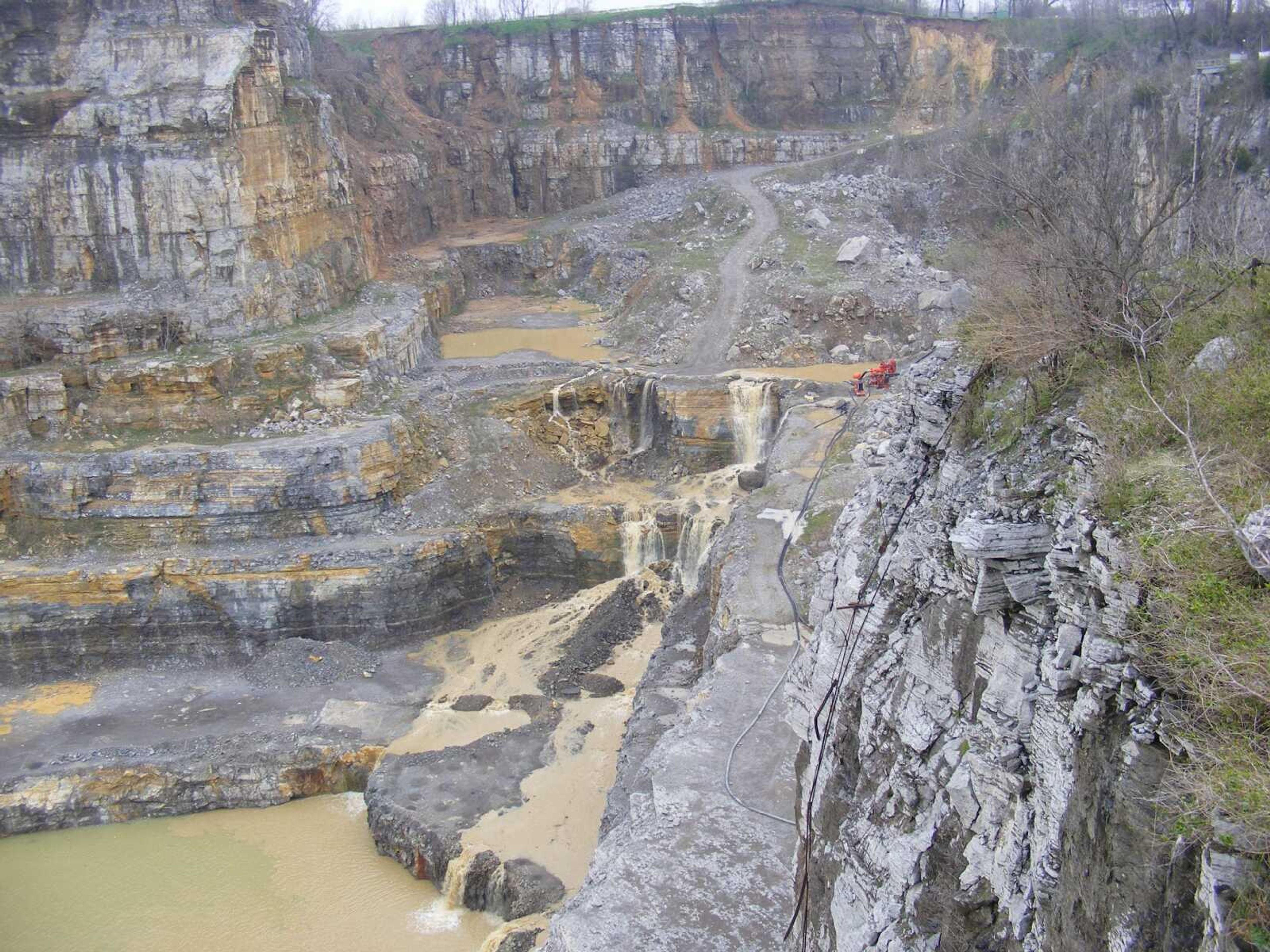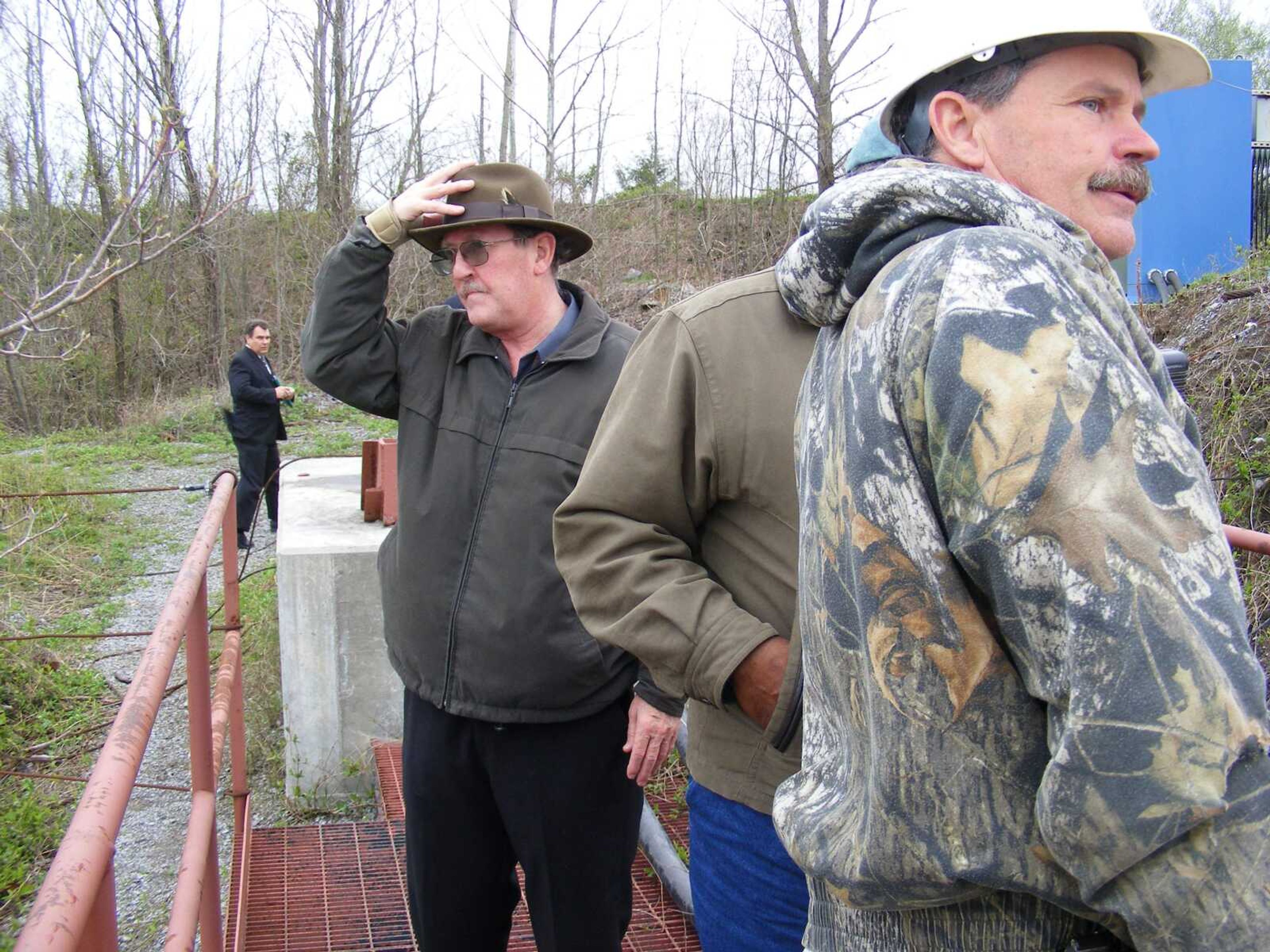NewsApril 12, 2008
Sinkholes
These photos were taken on April 4 near the South Sprigg Street bridge, an area of the city where 20 sinkholes have developed.
Receive Daily Headlines FREESign up today!
These photos were taken on April 4 near the South Sprigg Street bridge, an area of the city where 20 sinkholes have developed.
Story Tags
Connect with the Southeast Missourian Newsroom:
For corrections to this story or other insights for the editor, click here. To submit a letter to the editor, click here. To learn about the Southeast Missourian’s AI Policy, click here.
Related
Advertisement
Receive Daily Headlines FREESign up today!



















